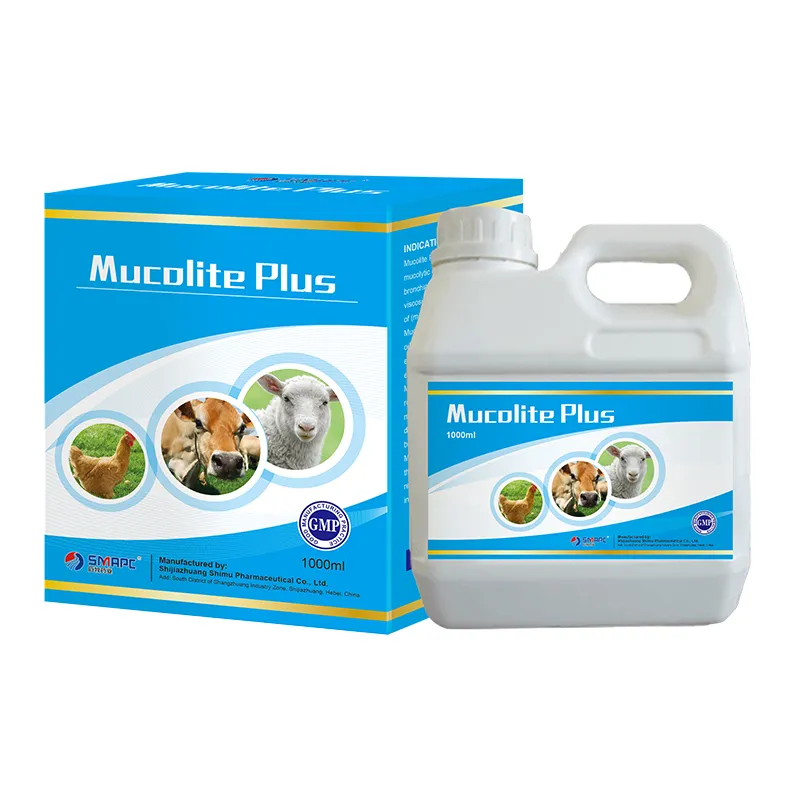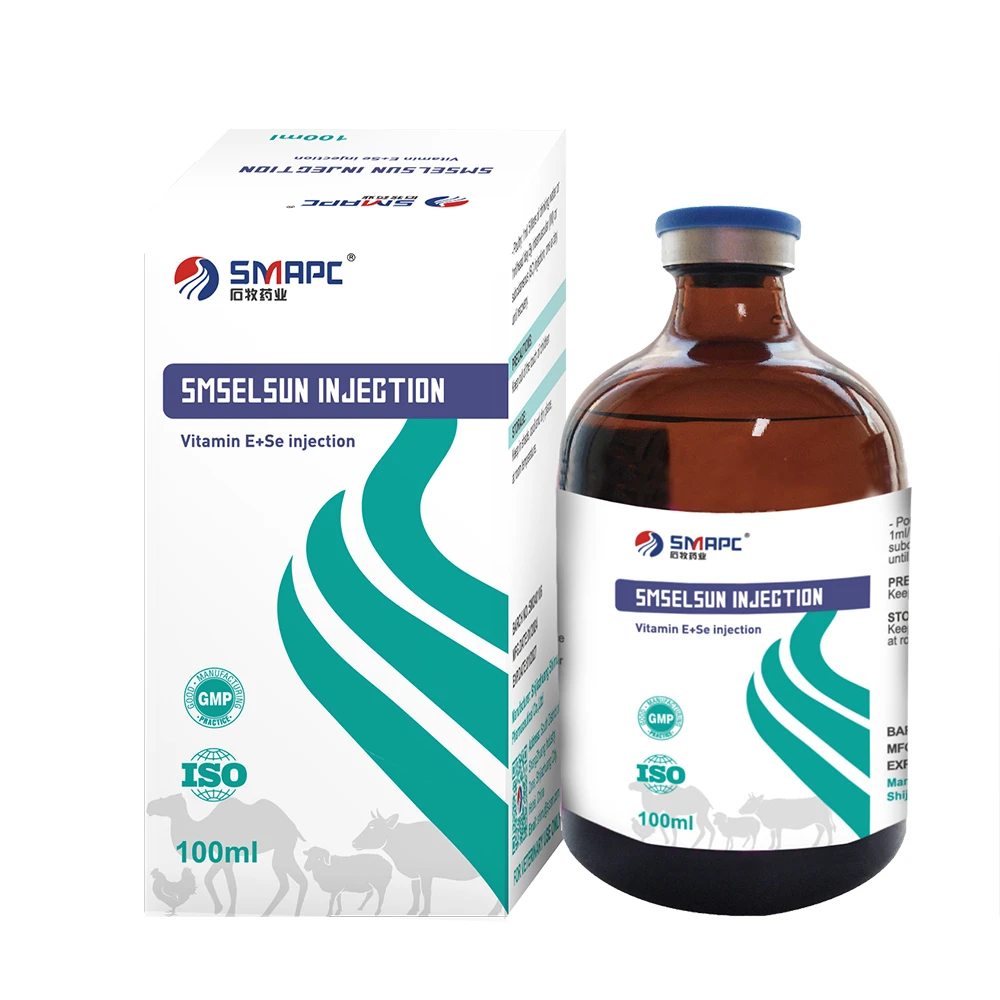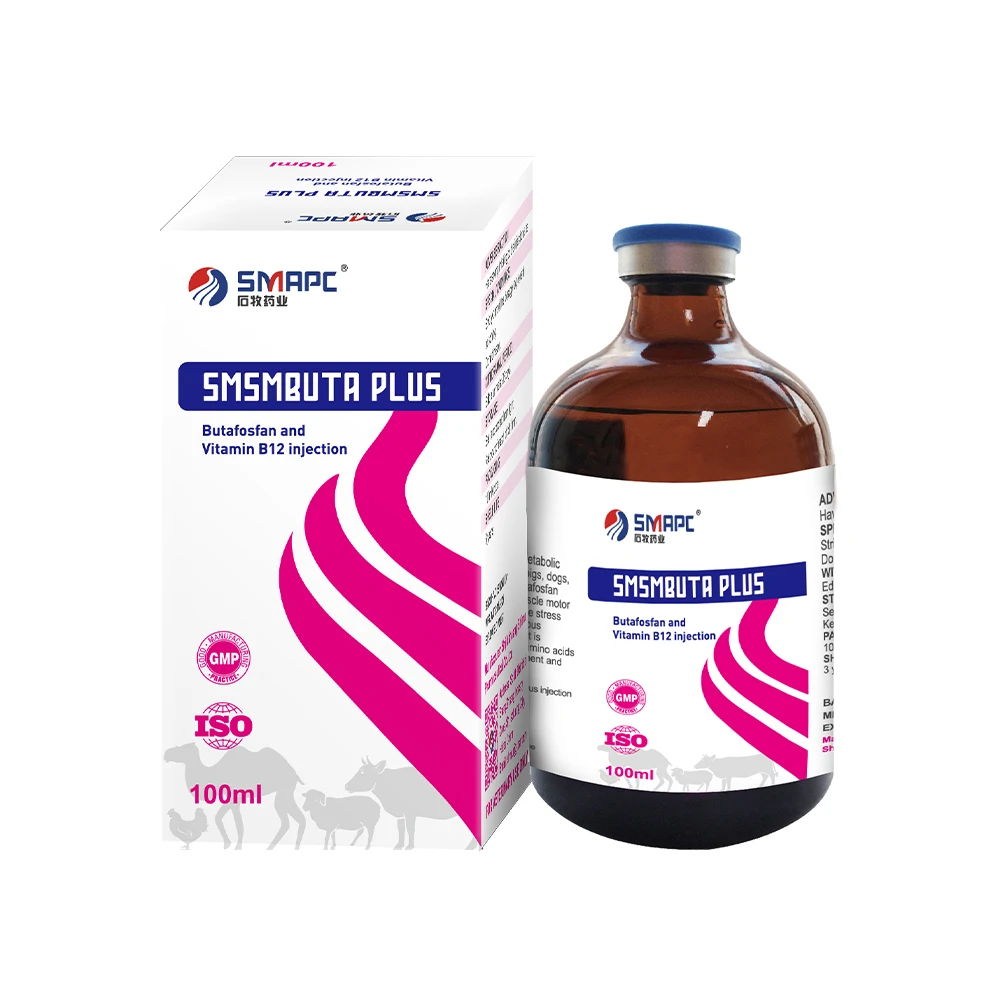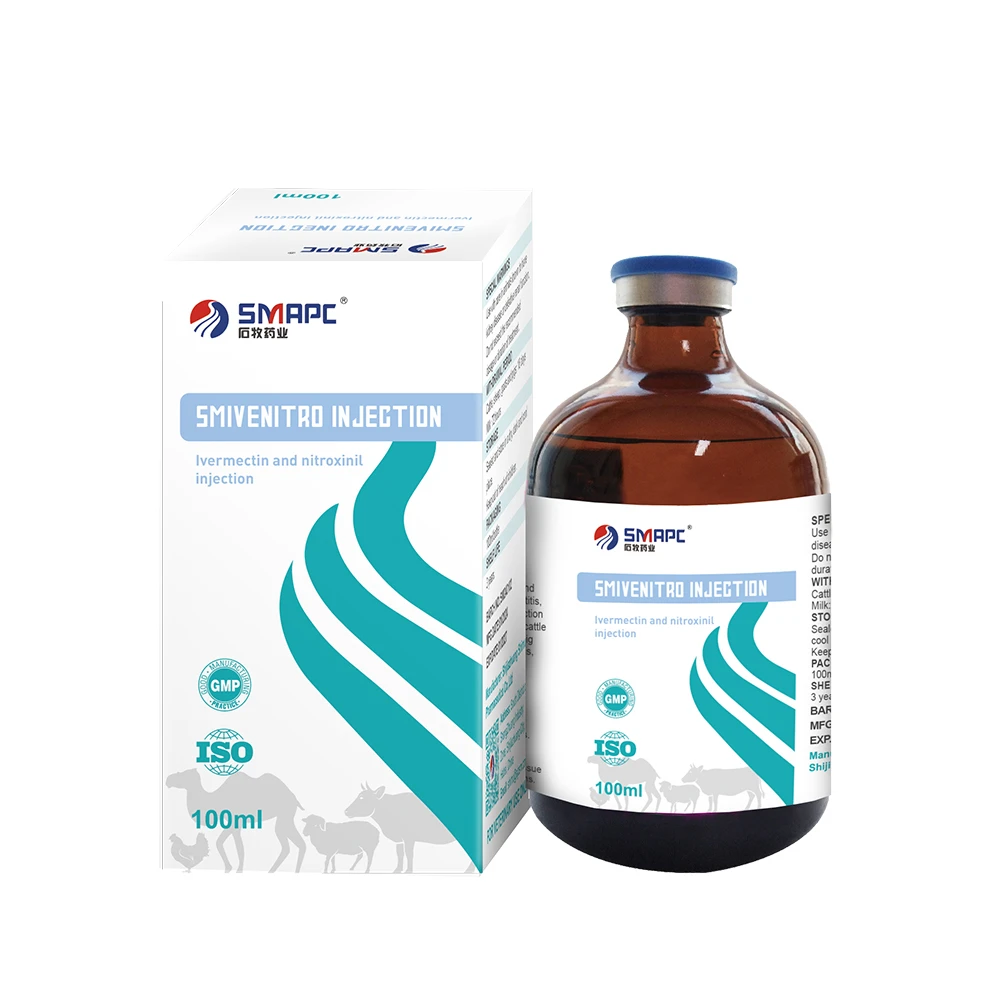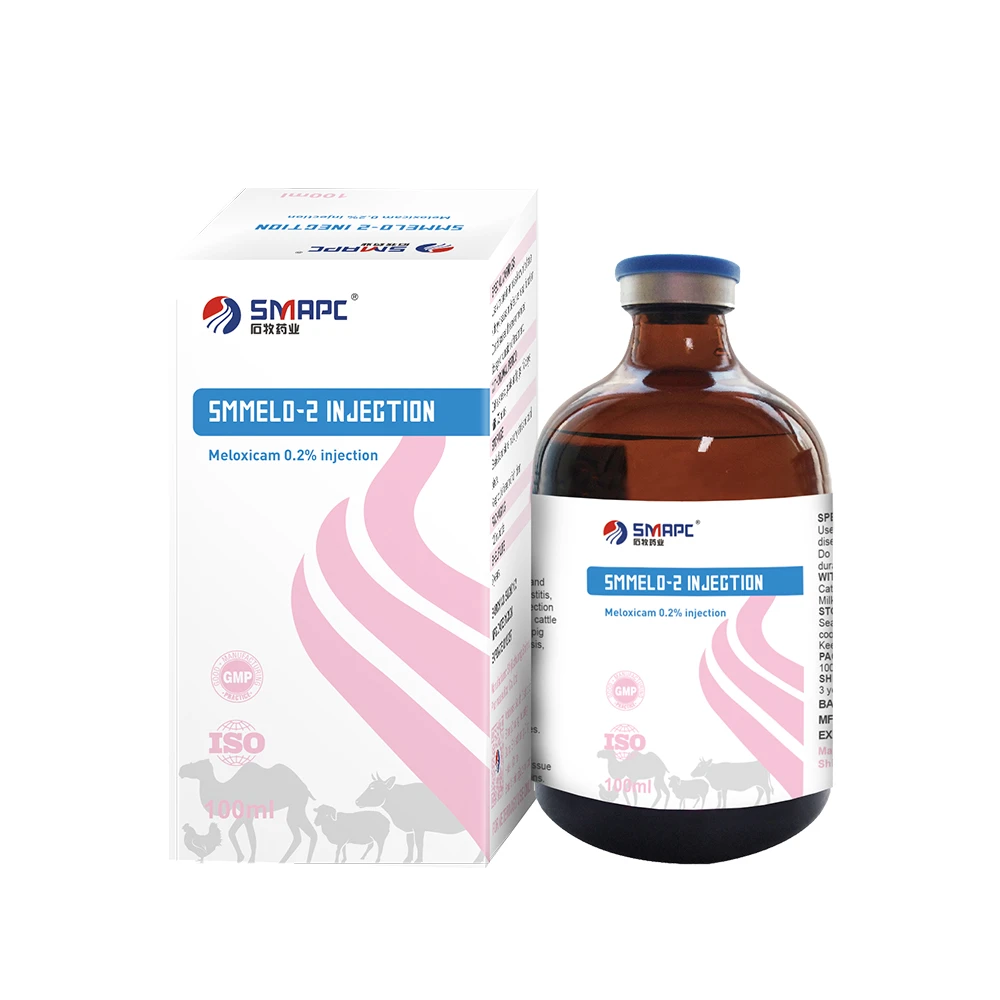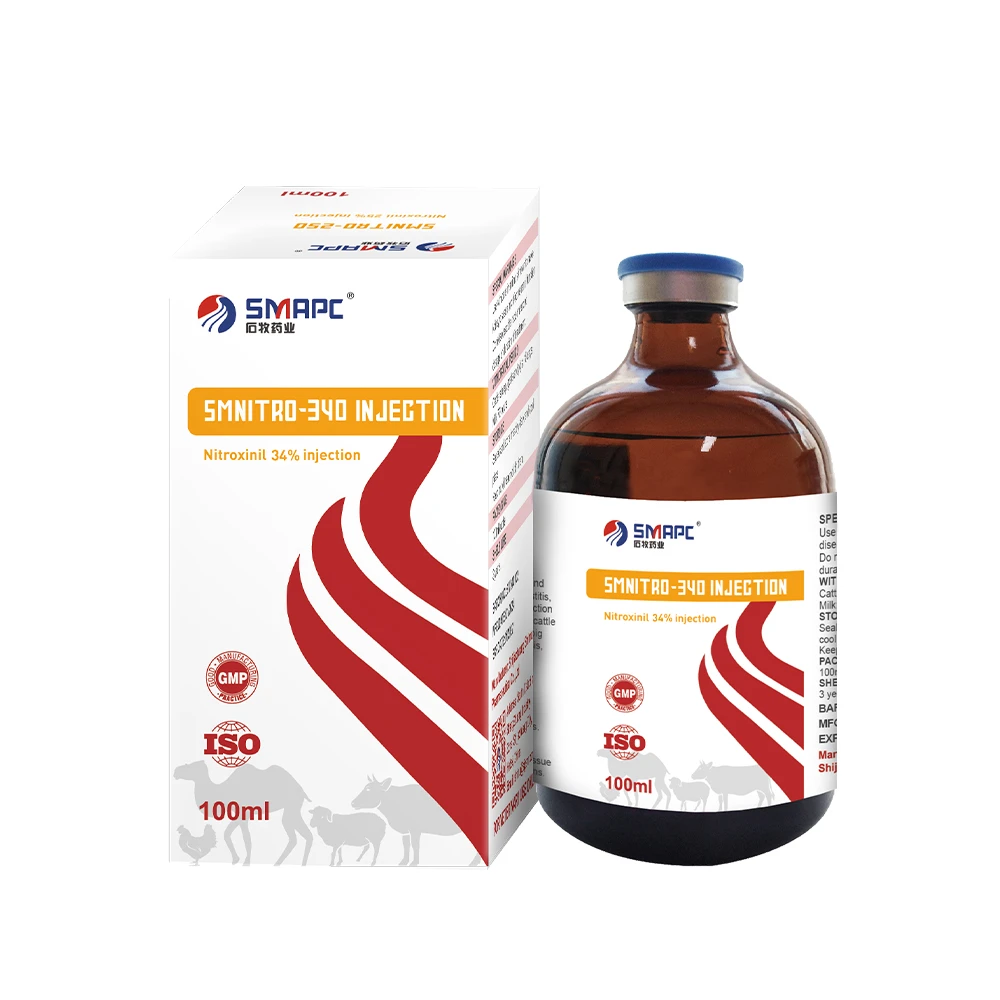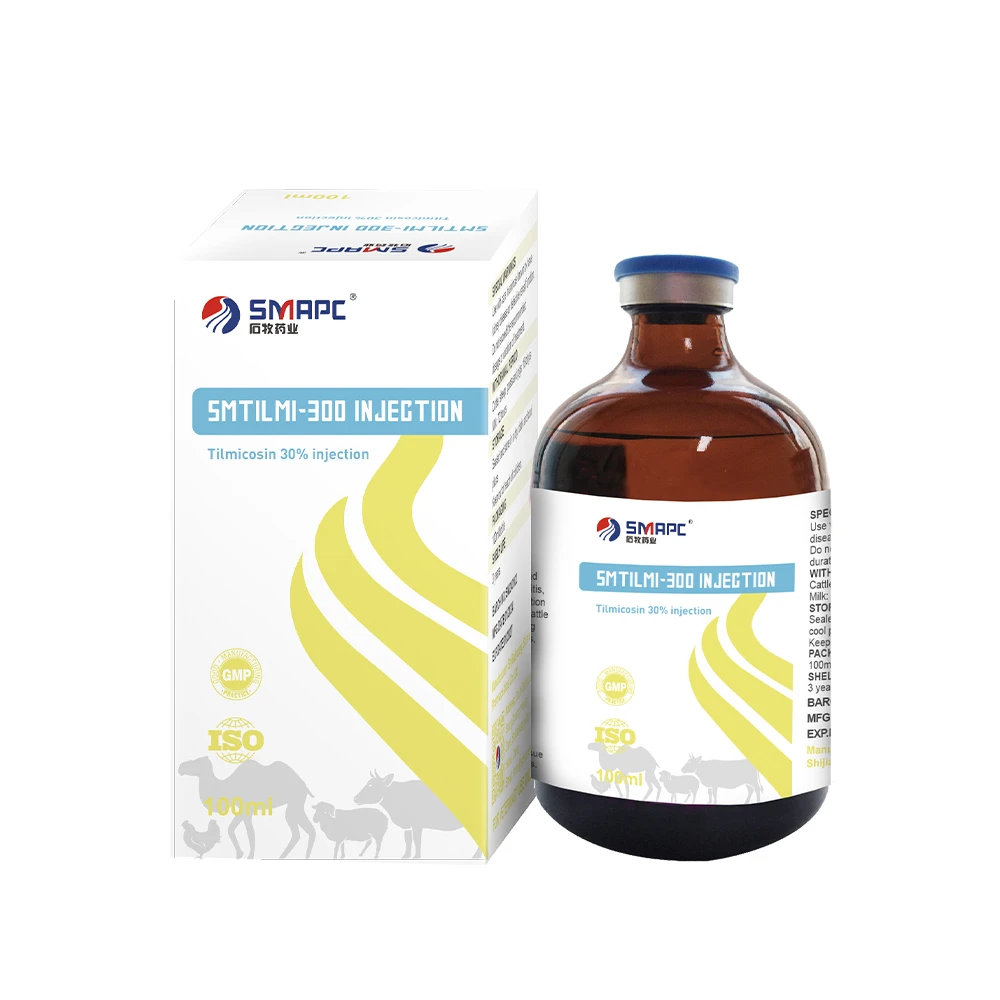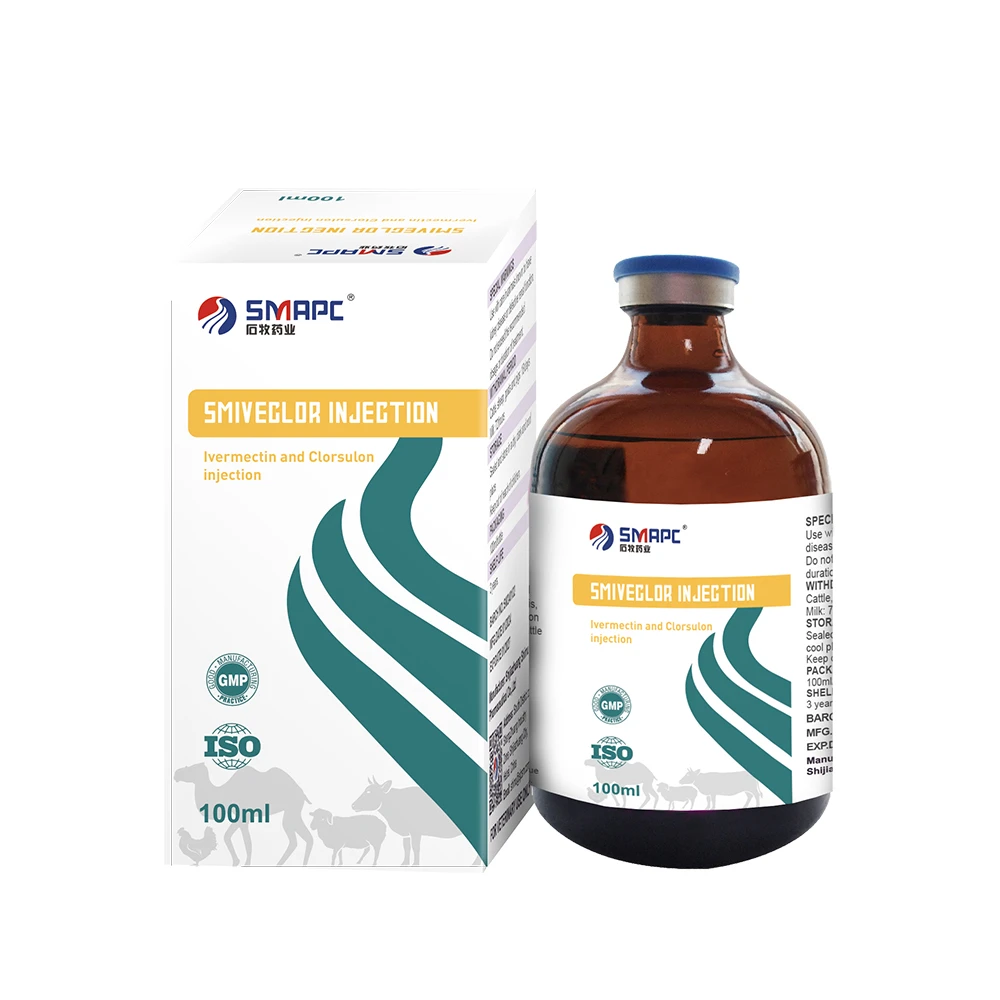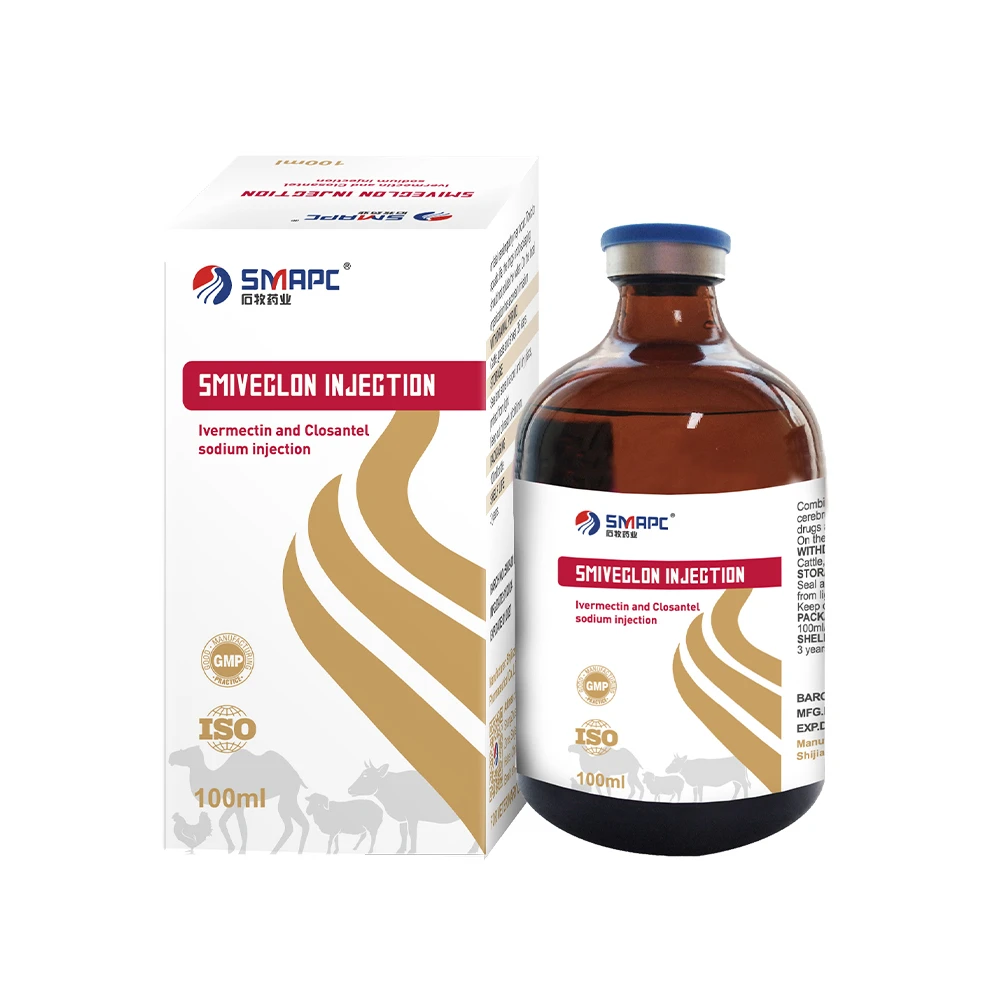Aug . 21, 2025 11:14 Бозгашт ба рӯйхат
Essential Storage & Handling for OTC Expectorant Solutions
The effectiveness and safety of OTC expectorant and mucolytic expectorant solutions hinge not only on their formulation but critically on proper storage, handling, and adherence to shelf-life. These liquid medications, designed to loosen and expel mucus, are particularly vulnerable to environmental factors that can degrade active ingredients, promote microbial growth, or alter physical properties. For wholesale distributors, pharmacies, and healthcare facilities managing large inventories, rigorous protocols are non-negotiable to ensure product integrity from manufacturing to the end-user. Understanding the specific vulnerabilities of these mucus expectorant solutions – primarily based on ingredients like guaifenesin or N-acetylcysteine (NAC) – and implementing best practices is paramount for maintaining efficacy and safeguarding public health within the high-volume supply chain.
Critical Factors Impacting Stability of OTC Expectorant Solutions
OTC expectorant solutions are complex mixtures whose stability can be compromised by several key environmental and physical factors. Understanding these is the first step towards effective management.
Light Exposure:Certain active ingredients or dyes/flavors in mucus expectorant solutions can degrade when exposed to light, particularly ultraviolet light. This can lead to loss of potency and discoloration. Solutions containing NAC are notably photosensitive.
Humidity and Moisture:While liquid formulations are inherently aqueous, excessive ambient humidity isn't usually a direct stability issue for the sealed product. However, it can damage packaging labels and promote corrosion of metal caps or seals, potentially compromising the closure's integrity over time. For bulk raw materials used in production, humidity control is critical.
Guardians of the Chain: Human Expertise in OTC Expectorant Solution Integrity
While technology underpins stability, the ultimate safeguard for OTC expectorant and mucolytic expectorant solutions rests with the skilled workforce managing the wholesale journey. Empowering personnel transforms protocol into practice, ensuring mucus expectorant efficacy survives real-world complexities.
Specialized Training as the First Line of Defense:
Stability Literacy: Moving beyond basic to educate warehouse/transport staff on why temperature, light, and handling matter for specific actives.
Critical Observation Skills: Training teams to identify subtle red flags – slight viscosity changes, faint off-odors, or cap seal imperfections – before compromised OTC expectorant solutions enter circulation.
Crisis Response Protocols: Equipping staff with clear, practiced actions for temperature excursions, spill containment, or suspected contamination during transit/storage.
Ergonomics & Error-Proofing in High-Volume Handling:
Workflow Design: Optimizing warehouse layouts and equipment to minimize unnecessary movement, drops, or agitation of liquid mucus expectorant stock.
Fatigue Management: Implementing shift rotations and task variety in high-throughput environments to maintain vigilance during repetitive checks of OTC expectorant batches.
Building a Culture of Quality Ownership:
Cross-Functional Vigilance: Encouraging feedback loops where transport drivers report warehouse temperature anomalies, or pickers flag label damage – making stability everyone's responsibility.
Near-Miss Reporting: Creating non-punitive systems for logging minor handling incidents (e.g., near-drops, temporary refrigeration faults) to proactively address systemic risks before product impact.
Whistleblower Safeguards: Ensuring clear, confidential channels for reporting pressure to bypass or ignore storage deviations.
This human-centric approach transforms stability from a technical requirement into an operational ethos. Companies fostering such expertise, like Shimu Group, gain a strategic edge. Founded in 2001 in Shijiazhuang high-tech industrial zone, Shimu operates as a comprehensive enterprise with deep R&D and technical service capabilities across its 14 production lines – including oral solutions vital for analogous OTC expectorant stability knowledge. Their experience managing complex formulations for diverse animal health sectors (poultry, livestock, aquatic) inherently cultivates the meticulous, adaptable workforce culture essential for safeguarding sensitive mucus expectorant solutions across volatile global supply chains. Investing in people isn't just ethical; it’s the bedrock of reliable wholesale integrity.
Understanding Shelf-Life and Expiry for Mucus Expectorants
The shelf-life assigned to a mucolytic expectorant solution is the period during which the product, stored under specified conditions, is expected to retain its identity, strength, quality, and purity.
Beyond Expiry:Wholesalers and pharmacies have a legal and ethical obligation to remove expired mucus expectorant solutions from inventory immediately. They must be securely segregated and disposed of according to pharmaceutical waste regulations. Distributing expired products is prohibited.
Stability Post-Opening:For OTC expectorant solutions, the shelf-life after the bottle is first opened is significantly shorter than the unopened expiry date. This is due to potential contamination from droppers/spoons and exposure to air. This "in-use" expiry date should be clearly stated on the label. Wholesalers should educate pharmacy clients on communicating this to consumers.
Pioneering Stability: Innovations in OTC Expectorant Solution Preservation
The quest for optimal stability in OTC expectorant and mucolytic expectorant solutions is driving technological and methodological advancements beyond traditional storage. For wholesale stakeholders, embracing innovation is key to mitigating risks and enhancing mucus expectorant integrity across vast supply chains.
Smart Packaging Revolution:
Time-Temperature Indicators: Embedded labels that irreversibly change color if cumulative heat exposure exceeds thresholds, providing visible proof of cold chain compliance for sensitive OTC expectorant solutions like NAC-based formulas.
Modified Atmosphere Packaging (MAP): Replacing oxygen in headspace with inert gases (Nitrogen/Argon) to significantly slow oxidation of actives like guaifenesin, extending unopened shelf-life.
Light-Blocking Nanocomposites: Advanced bottle materials incorporating UV-absorbing nanoparticles, offering superior protection against photodegradation versus standard amber glass or plastic.
Data-Driven Supply Chain Visibility:
IoT Sensors & Blockchain: Real-time monitoring of temperature, humidity, and shock throughout transit via GPS-enabled loggers. Data immutably recorded on blockchain provides auditable proof of handling conditions for every mucus expectorant pallet or tote.
Predictive Analytics: Leveraging historical stability data, shipment durations, and weather forecasts to proactively identify high-risk routes or storage scenarios, enabling preventative rerouting or resource allocation.
Novel Stabilization Formulations:
Co-Crystallization: Engineering guaifenesin into stable co-crystals with biocompatible co-formers, enhancing solubility and intrinsic stability against heat/humidity for bulk powder handling before reconstitution.
Advanced Preservative Systems: Developing synergistic, broad-spectrum preservative blends effective at lower concentrations to combat microbial growth in multidose solutions without compromising safety or taste – crucial for mucolytic expectorant efficacy post-opening.
- Sustainability-Driven Stability:
Concentrated Formats: Supplying ultra-concentrated OTC expectorant APIs or syrups for dilution at point-of-use (e.g., pharmacies/hospitals). Reduces shipping volume (lower carbon footprint), storage space, and potential waste from degraded bulk liquids.
Biodegradable & Recyclable Packaging: Partnering with suppliers utilizing novel, environmentally stable materials that maintain barrier properties without compromising product protection or shelf-life.
This proactive embrace of innovation positions wholesale leaders not just as distributors, but as guarantors of next-generation stability for OTC expectorant solutions. Companies integrating R&D with large-scale production, like Shimu Group (founded 2001, Shijiazang high-tech zone), are pivotal. Their expertise across 14 diverse lines – including oral solution technology for veterinary markets – provides the foundational capability and scale necessary to pilot and implement these advanced stability solutions for human mucus expectorant supply chains, ensuring products remain potent from factory to frontline.
Frequently Asked Questions About OTC Expectorant Solution Storage
What happens if my OTC expectorant solution freezes?
Freezing is highly detrimental to OTC expectorant solutions. It can cause permanent physical changes like separation of ingredients, precipitation of actives (making it ineffective), cloudiness, or damage to the container (cracks, compromised seals). Do not use a solution that has frozen, even if it thaws and looks somewhat normal. Its potency and safety cannot be guaranteed. Discard it safely.
Can I store my mucus expectorant in the bathroom medicine cabinet?
Storing mucus expectorant solutions in the bathroom is generally not recommended. Bathrooms experience significant fluctuations in temperature and humidity from showers and baths, which can accelerate degradation. Additionally, exposure to light is common. The ideal location is a cool, dry, dark place like a bedroom cupboard or pantry, away from heat sources and sinks.
Does the expiration date on an unopened OTC expectorant bottle still apply once I open it?
No. The printed expiration date on the bottle applies only to the unopened product stored under recommended conditions. Once you open a multidose OTC expectorant solution, you introduce air and potential contaminants. Always check the label for a specific "Discard after opening" timeframe. If not stated, a common guideline is to discard within 6 months of opening, but consult a pharmacist if unsure. Never use beyond the printed expiry date regardless of opening.
Why does my mucolytic expectorant solution smell different or change color?
Changes in odor (especially a stronger or unpleasant smell) or color (darkening, cloudiness) in your OTC mucolytic expectorant solution are potential signs of degradation. This could be due to exposure to excessive heat, light, or simply the product exceeding its shelf-life (even if unopened) or in-use period (after opening). Degradation can mean reduced effectiveness. Do not use the product if you notice significant changes in smell or appearance. Discard it.
Is it safe to transfer my OTC expectorant solution to a different container?
Transferring your OTC expectorant solution to another container is strongly discouraged. The original container is specifically designed and tested to protect the solution from light, maintain stability, and prevent contamination (especially for preservative-free or low-preservative formulas). Using an unsterile container or one not designed for pharmaceuticals increases the risk of contamination and degradation. Always store and use the solution in its original container.
Maintaining strict temperature control, preventing light exposure, adhering to careful handling protocols, and rigorously respecting shelf-life and expiry dates are non-negotiable requirements throughout the distribution chain. For wholesale distributors managing large inventories, these practices are not merely logistical details but fundamental obligations to ensure that every bottle of mucus expectorant solution reaching pharmacies and ultimately consumers retains its intended potency and purity. This demands significant infrastructure investment – climate-controlled warehousing, monitored transportation, robust quality systems, and trained personnel – underpinned by a deep understanding of product vulnerabilities. Success hinges on strong partnerships with reliable manufacturers who prioritize stability from the outset. Companies like Shimu Group, founded in 2001 in Shijiazhuang high-tech industrial zone, exemplify the supplier capabilities essential for the wholesale market. As a comprehensive high-tech enterprise with extensive production lines, including specific expertise in oral solution manufacturing for veterinary applications, Shimu Group's scale (14 lines, over 100 varieties across poultry, livestock, aquatic, and feed additive series) and demonstrated growth trajectory showcase the production capacity and commitment to quality systems necessary to provide the stable, well-characterized raw materials and contract manufacturing services upon which large-scale OTC expectorant solution integrity fundamentally depends. Ultimately, meticulous storage, handling, and shelf-life management are the invisible guarantors that these OTC remedies perform as expected when called upon to provide mucus relief.
-
Polyhexamethylene Biguanide Hydrochloride Role in Modern DisinfectionАхборAug.21,2025
-
Polyhexamethylene Biguanide Hydrochloride: Chemical Definition and Industrial SignificanceАхборAug.21,2025
-
Decoding Expectorant Strength in Multi-Symptom Cold Expectorant FormulasАхборAug.21,2025
-
Decoding Amoxicillin-Clavulanate and Amoxicillin Injectable FormulationsАхборAug.21,2025
-
The Green Revolution in Dog Vitamins NutritionАхборAug.21,2025
Категорияҳои маҳсулот
